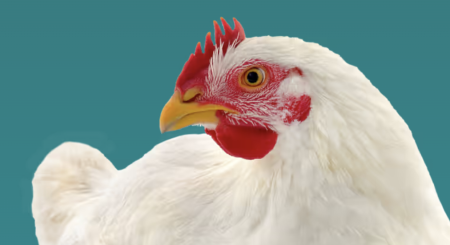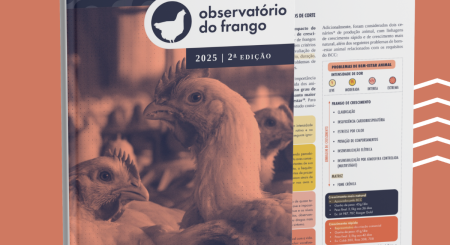The pork industry is one of the largest and most profitable in the agricultural sector in many countries around the world. However, behind the packaged products available on supermarket shelves lurks a grim reality full of animal welfare challenges and ethical issues.
Below, we’ll tell you about the negative impacts of intensive pig farming, from confinement conditions to the environmental and public health consequences associated with this production.
What conditions are these animals subjected to?
Pigs are commonly raised in environments with serious hygiene and cleanliness issues, which can lead to health problems in the animals, as well as increasing the risk of diseases and infections.
Excessive grouping of pigs in confined spaces with inadequate ventilation can result in respiratory diseases. The concentration of animals indoors encourages the rapid spread of respiratory infections, negatively affecting the welfare and health of the pigs.
What diseases can these animals develop in these environments?
Pigs raised in intensive, confined environments can develop various diseases, such as respiratory, skin, musculoskeletal and gastrointestinal problems.
In addition, insufficient feed can cause various problems in the pigs’ digestive and urinary tracts, such as malnutrition, intestinal problems, cystitis and other ailments that affect health and quality of life.
Common diseases in pigs:
- Classical swine fever (virus, highly contagious and lethal)
- Coccidiosis (protozoan, diarrhea mainly in piglets)
- Atrophic Rhinitis (bacteria, highly contagious)
- Parvovirosis (virus, untreated and highly contagious)
Why can intensive pig farming lead to epidemics and pandemics?
Intensive pig farming can lead to epidemics and pandemics due to the high population density, the confinement of the animals and the frequent contact with humans working on the farms. In these conditions, the rapid spread of infectious diseases, including zoonoses, between pigs and humans is facilitated, increasing the risk of disease outbreaks such as swine flu.
The excessive use of antibiotics in animal production can favor the emergence of resistant bacteria, posing a threat to public health by making medical treatments less effective in humans and animals.
What are the effects of heat stress on pigs?
Genetic selection to increase pork production has made these animals more sensitive to heat and sunlight. This can result in heat stress, causing problems such as hyperthermia, reduced appetite, dehydration, breathing difficulties and negative effects on meat production and reproduction.
How do pigs reproduce?
Insemination can take 3 to 5 days, and breeding sows (matrices) produce offspring 2 to 3 times a year, resulting in high levels of exploitation of these animals.
Pig gestation lasts around 114 days, during which time the sows are housed in individual crates. A few days before giving birth, they are transferred to another shed (the maternity ward) and housed in individual crates, but with space on the sides to hold the piglets. After birth, the sows look after and give milk to their piglets, usually for 21 to 25 days. Although the crates are designed to prevent sows from accidentally crushing their piglets, this is still the main cause of piglet deaths in pig farming.
After this, the young take around 70 days to fatten up before slaughter, while piglets are slaughtered at 4 months of age and standard pigs at 7 months.
How are females used for breeding kept?
Females used for breeding are kept in individual crates or, less cruelly, in group stalls during the gestation phase.
These gestation crates are narrow, individual spaces and result in musculoskeletal problems, lack of space, skin diseases, lack of social contact and deprivation of natural behaviors.
Alianima is working to get companies to commit to banning these cells.
How can you find out about the reality behind pork production?
Animal suffering, environmental degradation and public health risks cannot be ignored. The search for sustainable and ethical alternatives in food production must be encouraged, and each of us has the power to make a difference through conscious choices. Access the Pork Observatory Report and learn in detail how pork production works around the world and its problems. Together, we can walk a path of progress and transformation in the search for a more ethical and sustainable food system.










